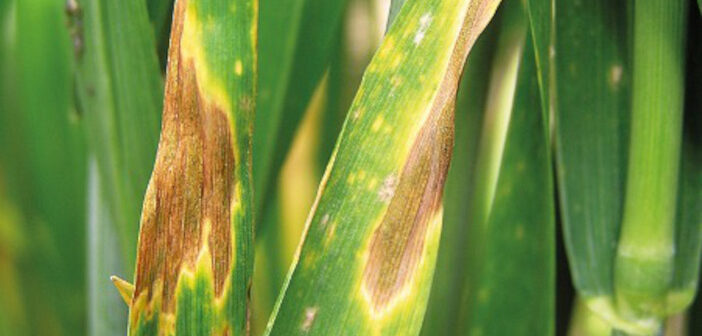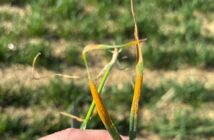With interchangeable weather conditions across the country making it challenging to predict day to day changes, it is advisable to ensure valuable wheat crops are protected against disease ahead of time.
The need to ensure early season protection from diseases such as septoria and rusts is crucial given that many of the fungicide active ingredients that were previously used to provide curative activity are no longer as effective as they used to be, due to increasingly resistant disease strains.
Adama has recommended that for susceptible crops or in areas of high disease pressure, growers should consider bringing spring disease protocols forwards by applying a T0 fungicide.
Whether or not a treatment is required early is usually dictated by the need to control an active infection of yellow rust or provide early protection to a susceptible variety. In other scenarios a T0 treatment might be needed because the risk of septoria is elevated – either as a result of a higher over-wintered disease burden, or simply because the crop was drilled early and has been sitting exposed to disease spores for longer. Either way, the need for a robust T0 treatment will be more urgent.
Adam report that when septoria is the driver for a T0 treatment, the multi-site fungicide, folpet, is the ideal option as it can be used either as a standalone product to protect against septoria, or to increase the efficacy of other modes of action where additional disease threats are present. Using folpet at T0 will also provide peace of mind by ensuring crops have been protected if/when subsequent T1 applications are delayed.
Adama’s Arizona product is an option for growers, and the company reports that, as well as providing protection against septoria, Arizona offers additional benefits, including lack of interference with the curative kickback activity of partner products; protecting partner products against disease resistance and delivering a good return on investment through extended green lead retention and improved crop yields.




